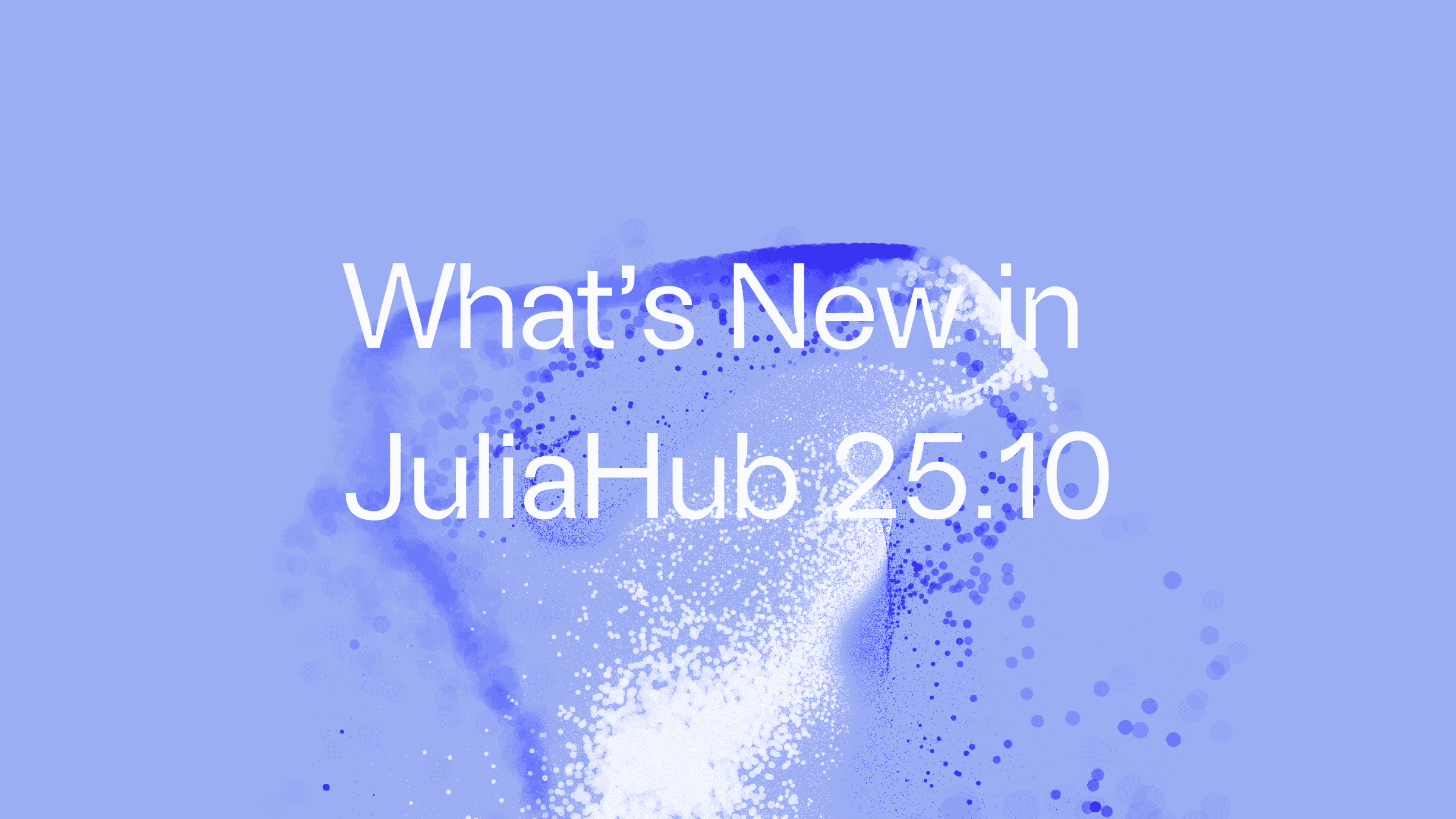Cambridge, MA – The Nature Conservancy and Julia Computing work together to map wildlife migration resulting from climate change using Circuitscape in Julia and satellite images and support from the National Aeronautics and Space Administration (NASA) Applied Sciences Program.
Circuitscape was created by ecologist Brad McRae (1966-2017), Julia Computing’s Viral Shah, Ranjan Anantharman, and Tanmay Mohapatra.
Brad McRae was an electrical engineer who conceived of applying electrical circuit theory to model wildlife, plant and gene migration.
The Nature Conservancy uses Circuitscape in Julia to power its animation of wildlife migration patterns in response to climate change.
NASA published an interview with Viral Shah about Circuitscape, and Ranjan Anantharaman presented Circuitscape at JuliaCon 2018 in London, UK.
More information is available from Circuitscape, The Nature Conservancy’s Migrations in Motion animation and NASA’s Ecological Forecasting Program.





